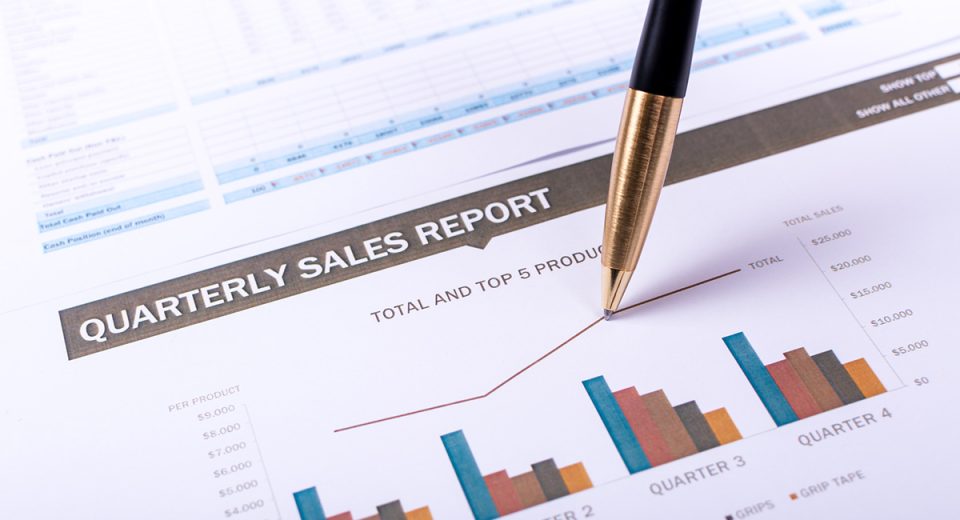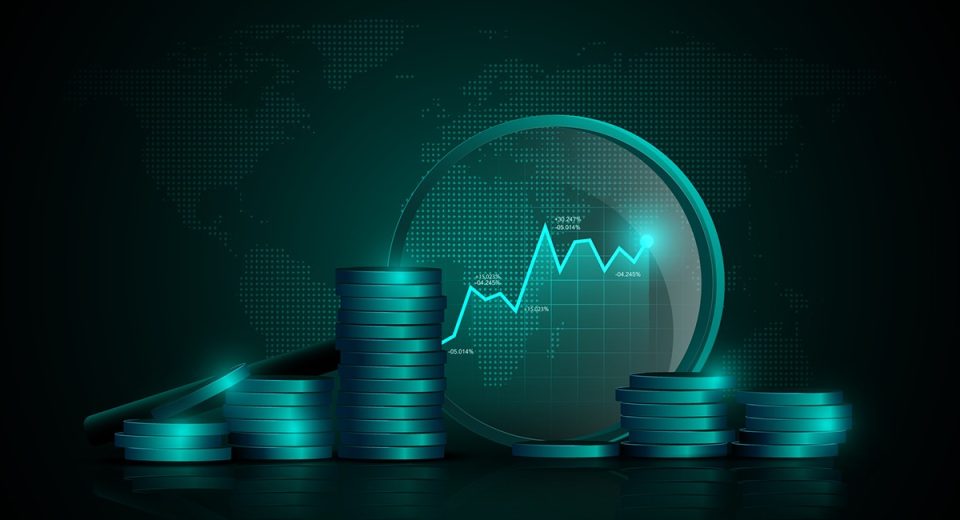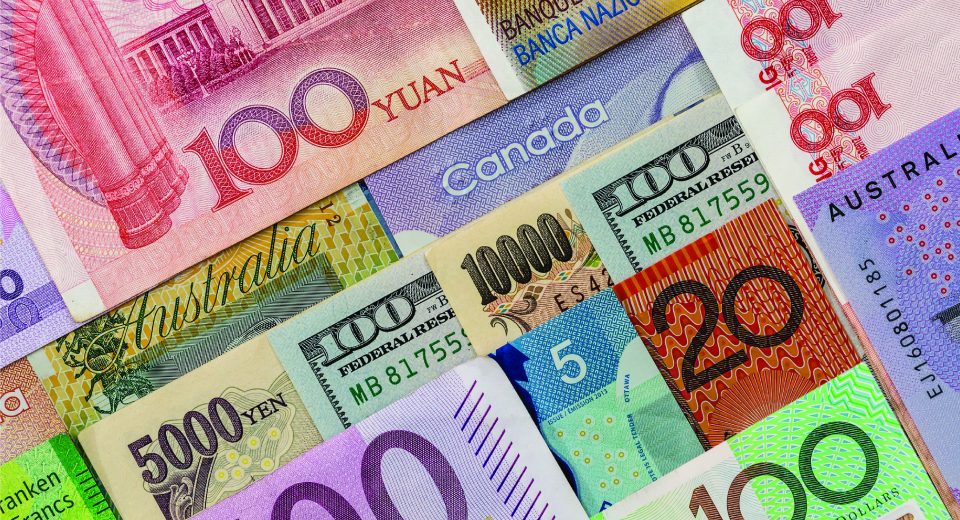How to Think Defensively as a Trader Amid Macro Uncertainty

The CBOE Volatility Index (VIX) peaked at 57.52 on April 8, 2025, before closing the day at 52.33. A high VIX indicates panic among traders, leading to a buying or selling frenzy. The reason? The Trump tariffs-induced trade war had caught them off guard. While traders need volatility to capture opportunities, sustained uncertainty makes navigating the markets difficult. Therefore, when uncertainty becomes the norm, experienced traders tend to get defensive. It helps them maintain a calm trading psyche amid wildly swinging markets. Defensive trading, contrary to common misconception, is not avoiding risk altogether. It is risk management at its finest, which involves a robust trading strategy and a great deal of discipline to adhere to it.
Dissecting the Uncertainty
Understanding the factors that give rise to uncertainty helps traders prepare in advance. Here’s a snapshot of factors shaping the macro environment in 2025:
The Duel Between Inflation and Central Banks
Although US inflation cooled down a bit in the latter half of 2024, tariff impositions have rekindled recessionary fears. The Fed stands strong on its hawkish stance, keeping the rates higher for longer. This, however, may stifle economic growth, which has been relatively robust. The OECD expects US economic growth to slow down to 1.6% in 2025, given the tariffs prevail.
Decelerating Global Growth
The OECD has also forecasted global growth to remain at 2.9% in 2025 and 2026, down from 3.3% in 2024. Even the emerging markets are expected to experience relatively slower growth. This underscores fear sentiment and emphasises the need to adopt a defensive trading strategy.
Supply Chain Disruptions
Labour shortages and logistics bottlenecks have given rise to supply chain disruptions. While businesses grapple with tariff escalations, supply chain disruptions, caused by geopolitical tensions, affect productivity and costs, which dent the bottom line.
Policy Uncertainties
As policymakers make sense of the macroeconomic landscape, their policies may remain uncertain. The uncertainty cascades into investor decisions, further creating volatility in the financial markets.
Environmental Risks
Climate change-related challenges are changing the way businesses operate. Extreme weather events that impact infrastructure, supply chains, agriculture, etc., shock business timelines, which dampens investor confidence.
Currency Volatility
Fluctuations in major currencies, influenced by trade policies and economic indicators, make the forex markets unpredictable. This heightened volatility in the forex markets may affect capital flows, especially in emerging economies.
Defensive Trading Strategies
Defensive trading strategies focus on risk management and capital preservation, instead of aggressively seeking profits. These strategies are especially used during times of high market uncertainty. Here’s what you need to know about defensive trading in highly volatile markets:
Understand the Macroeconomic Context
Trading only with candlestick patterns might not be a good idea. You must zoom out to the macroeconomic landscape and gauge the direction in which the markets may move. While technical analysis is crucial, use it to make position size, risk limit, and other decisions during defensive trading.
Diversify with Discipline, Strategy, and Intent
Diversifying your assets across classes is crucial. A popular technique to do so is to trade indices. This helps you hedge against geopolitical risks as well as macroeconomic shocks. Another popular option is to invest in uncorrelated or negatively correlated assets. This gives the portfolio flexibility. Exploring minor and exotic currencies may help.
Embrace Safe Havens
Protecting your portfolio’s value is crucial during volatile market conditions. Safe haven assets protect the value of your money. A good practice is not to rely on a single asset and diversify into gold, safe-haven currencies, etc. If you are a forex trader, look beyond the USD. There are several other safe havens, such as the Swiss franc and Japanese yen.
Maintain Liquidity
Investing in assets that can be easily liquidated can prove useful during uncertain times. Positions that can be liquidated easily allow you to explore opportunities as they arise. For instance, trading forex via CFDs lowers your capital commitment, while allowing you to trade in rising as well as falling markets.
Employ Stringent Risk Limits
Start using tighter risk controls. This involves taking smaller positions, trading with a more conservative risk-reward ratio, and using leverage with deliberation. This is because leverage amplifies potential profits and losses. Practise placing stop-loss, take-profit and trailing stop-loss levels closer to your entry level to navigate market uncertainties.
Consider Trading Cryptocurrencies
Cryptocurrencies were introduced to navigate fiat risks. They are popularly used to hedge against uncertainty in the traditional financial markets. While highly volatile, cryptos can offer diversification benefits. Since digital currencies are not considered mainstream financial assets, limiting exposure according to your risk appetite is crucial.
Valuable Habits to Build for Defensive Trading
Defensive trading strategies usually need:
- Strategic use of CFDs and leverage to navigate rising and falling markets.
- Keeping an eye on macro and micro factors influencing your chosen assets.
- Maintaining calculated exposure to volatility that aligns with your trading psyche.
- Exercising caution to avoid over-diversification or under-trading due to fear sentiment.
A trading environment characterised by high uncertainty warrants defensive trading. The key is to preserve capital and diversify adequately. Staying informed about market movements, upcoming economic events and company earnings reports helps make informed trading decisions.
To Sum Up
- High market uncertainty requires adjusting your trading plan.
- Defensive trading strategies help traders navigate market complexities.
- The key is to preserve your capital while maintaining liquidity.
- Staying informed about the latest developments helps make informed trading decisions.
- Trading with CFDs, embracing safe havens, and employing robust risk measures strengthen your defensive trading plan.
Disclaimer:
All data, information and materials are published and provided “as is” solely for informational purposes only, and is not intended nor should be considered, in any way, as investment advice, recommendations, and/or suggestions for performing any actions with financial instruments. The information and opinions presented do not take into account any particular individual’s investment objectives, financial situation or needs, and hence does not constitute as an advice or a recommendation with respect to any investment product. All investors should seek advice from certified financial advisors based on their unique situation before making any investment decisions in accordance to their personal risk appetite. Blackwell Global endeavours to ensure that the information provided is complete and correct, but make no representation as to the actuality, accuracy or completeness of the information. Information, data and opinions may change without notice and Blackwell Global is not obliged to update on the changes. The opinions and views expressed are solely those of the authors and analysts and do not necessarily represent that of Blackwell Global or its management, shareholders, and affiliates. Any projections or views of the market provided may not prove to be accurate. Past performance is not necessarily an indicative of future performance. Blackwell Global assumes no liability for any loss arising directly or indirectly from use of or reliance on such information here in contained. Reproduction of this information, in whole or in part, is not permitted.




